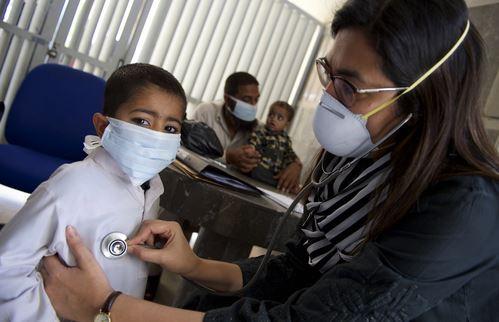Eight more measles cases have been reported, putting the nation's total at 121 so far this year, the US Centers for Disease Control and Prevention (CDC) said in its latest weekly update. The number of affected jurisdictions remained the same, at 18.
.jpg)
Of the 121 cases, 86 were linked to seven outbreaks, including a large one at a Chicago migrant shelter. Last year at this time the CDC had received reports of 58 cases, 28 of them linked to four outbreaks.
Of the cases this year, 47% occurred in children younger than 5 years old. Young children also had the highest level of hospitalizations (65%). And. of people infected, 82% were unvaccinated or had an unknown vaccination status.
LA County visitor was at Universal Studios
In related developments, the Los Angeles County Department of Public Health said state health officials have notified it of a measles case involving a resident from outside the county who had recently visited several locations in Los Angeles County, including Universal Studios.
The patient had also stayed at a hotel for 3 nights and visited several restaurants in the area. County health officials also said they are investigating more locations where exposure might have occurred.














